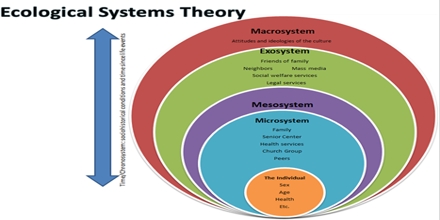
Inflict physical harm on the person threatened or any other person.In Montana, for example, extortion is referred to as “intimidation.” Montana law defines intimidation as “a person commits the offense of intimidation when, with the purpose to cause another to perform or omit the performance of any act, the person communicates to another, under circumstances that reasonably tend to produce a fear that it will be carried out, a threat to perform without lawful authority any of the following acts: Different Extortion Laws by StateĮach state has its own laws governing extortion, and the crime is not always referred to as extortion. In Florida, for example, “exactions are burdens or requirements a local government places on a developer to dedicate land or construct or pay for all or a portion of the costs of capital improvements needed for public facilities as a condition of development approval.”Īlthough exaction is legal to enforce, local governments must be careful about how the exaction is implemented to avoid legal action being taken. Extortion is a crime, but exaction is a legal tool used by municipalities. property law called “exaction.” The definition of exaction is similar to extortion, stating that it is “the action of demanding and obtaining something from someone, especially a payment or service.” The difference between exaction and extortion is the legality of the two. Courts have ruled that property can include a wide range of examples, including agreements to not compete in business.Įxtortion differs from another U.S. Property – The property in question doesn’t necessarily have to be physical property or have a monetary value.It isn’t required that the victim feels afraid, but that the intent of the perpetrator was to cause fear. Fear– The threat of action must be to cause fear in the victim.Intent – The specific intent of the person making the threat must be to obtain something of value from the other person.


Threat – Extortion starts with a threat of action.One of the more common forms of extortion is “protection,” a racket famously used by organized crime in which someone collects money from businesses and store owners in return for their “protection.” Multiple criteria must be met for a crime to be considered extortion. What is Extortion?Įxtortion is using the threat of action to obtain something of value, usually money, from another person. We’ll also look at some famous examples of extortion. While extortion is a form of theft, it differs from the crime of robbery because the threat does not pose an immediate danger to the victim.īelow we’ll go over the laws, penalties, and sentencing for extortion crimes, including how state punishments can vary. The crime of extortion is defined as obtaining something of value through coercion. Recognizable forms of extortion include blackmail or a shakedown.

However, extortion is not always prosecuted as a felony offense. Extortion is a form of theft and is often prosecuted as a felony in most states across America.


 0 kommentar(er)
0 kommentar(er)
